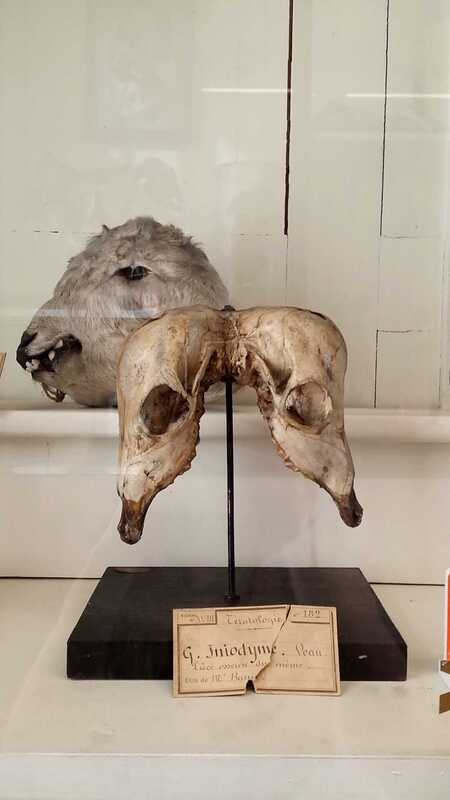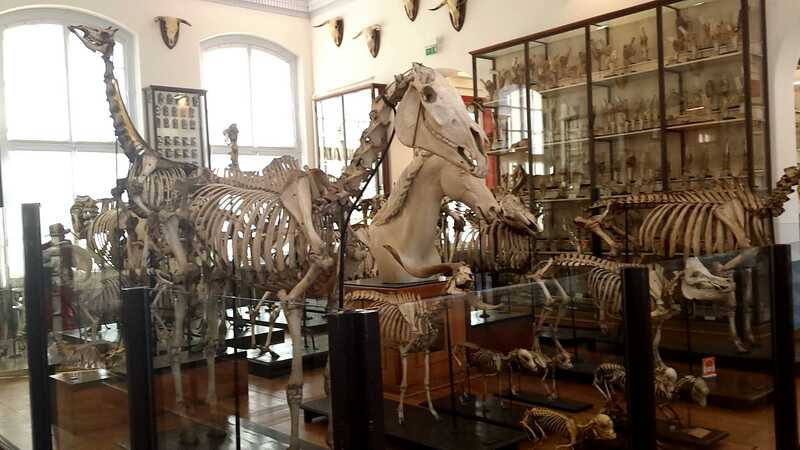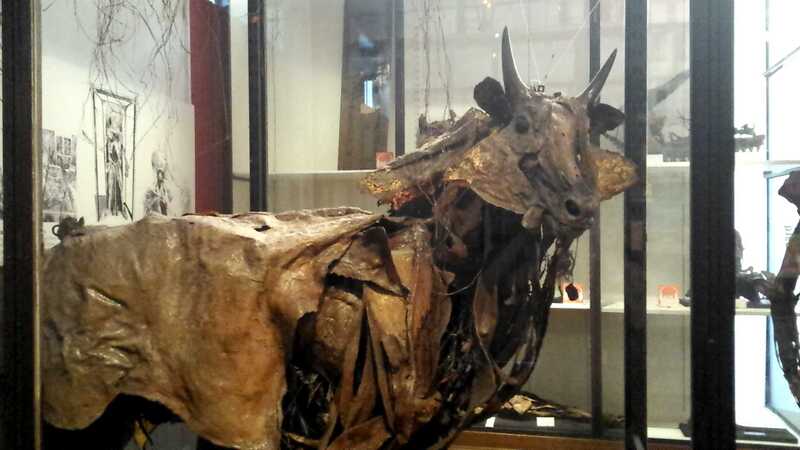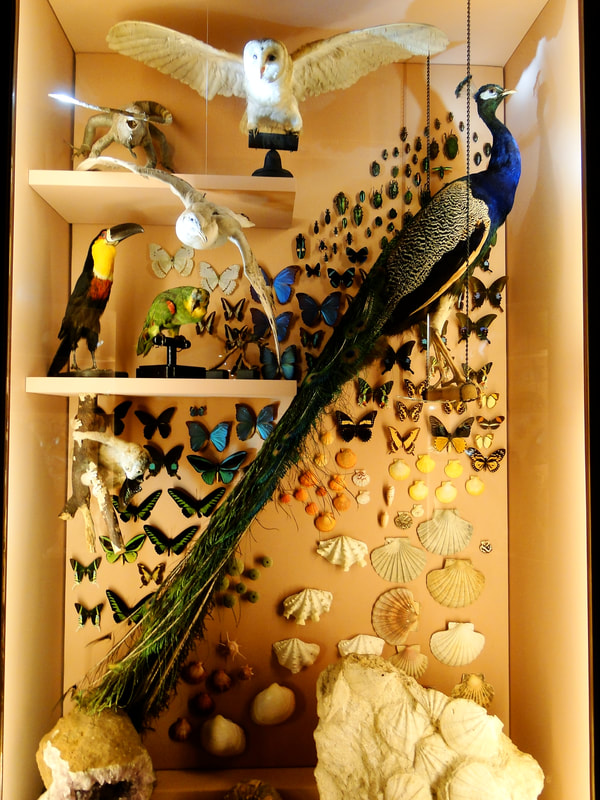|
Next museum is The Museum Fragonard, located in Maisons-Alfort, a suburb of Paris. Also known as the Musée Fragonard d'Alfort or simply the Musée Fragonard, it forms a part of the École nationale vétérinaire d'Alfort, specializing in exhibiting écorchés* and other anatomical artworks, particularly those by Honoré Fragonard, the institution's anatomy professor. In 1771, he was discharged from the institution due to insanity. His 'work' was subsequently hidden from the public eye for over 200 years. *plural noun: écorchés a painting or sculpture of a human figure with the skin removed to display the musculature. The works shown within the museum date back to the 19th and 20th centuries, offering a unique glimpse into the intersection of science and art during that period in time. In the exhibit are animal skeletons and dissections of normal animals, alongside anomalies of nature such as a Siamese twin lambs, a calf with two heads, and a sheep with ten legs. One room in the Museum Fragonard is showcasing an arrangement of animal skeletons. Every specimen offers a glimpse into the evolutionary journey of its species. But the most beautiful room was the one filled with animal and human specimens injected with wax. There, Fragonard attempted to reveal the veins and organs. This was particularly remarkable at the time because there weren't many methods available to create such preparations and thus impart knowledge to students. It's essentially the precursor to Gunther von Hagen's 'Body Worlds'. But more on that later... Bronnen
(2010). Honoré Fragonard et ses écorcés. Réunion des musées nationaux, Paris. ISBN: 978-0-922233-39-7
THE REALI ROOM
Sources:
https://msn.visitmuve.it/en/the-museum/exhibitions/collecting/ Mauro Bon, Barbara Favaretto, Margherita Fusoc, Nicola Novarina (2012) Natural museum of history, Venice. Skira Editore, Milano ISBN 978-88-317-1370 |
ArchivesCategories |
























 RSS Feed
RSS Feed
